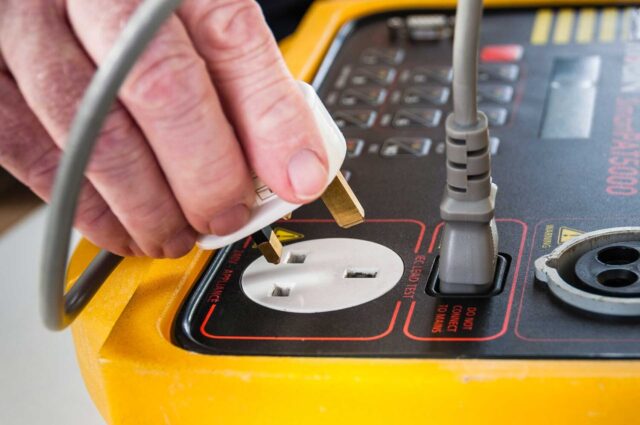
As a landlord, ensuring the safety and well-being of your tenants is a top priority. One crucial aspect of this is maintaining the electrical safety of your rental properties.
Portable Appliance Testing is a vital process that checks the safety of electrical appliances, helping to minimize risks and maintain a secure environment for tenants.
In this comprehensive guide, we will explore various strategies for saving money on PAT testing for your rental properties without compromising on safety standards.
Understanding the Legal Requirements for PAT Testing in Rental Properties
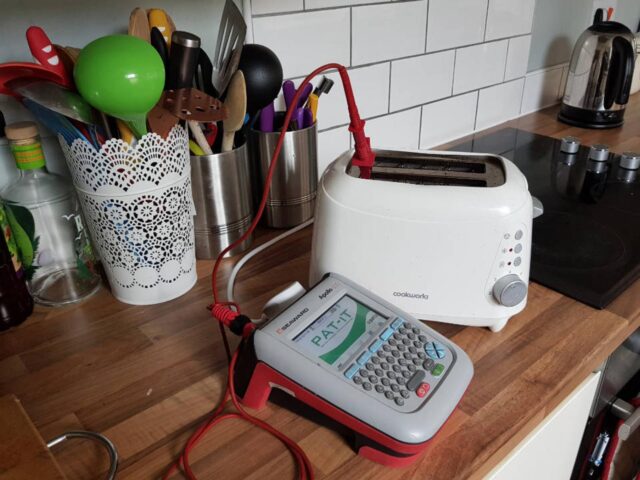
Before diving into cost-saving measures, it’s essential to understand the legal requirements surrounding PAT assessment in rental properties.
While specific regulations may vary depending on your location, landlords generally have a legal obligation to ensure that all electrical appliances provided in their rental properties are safe for use. PAT testing is an effective way to meet this responsibility and demonstrate compliance.
Regular PAT Testing Service not only protects your tenants but also reduces the risk of liability claims against you as a landlord. Always stay up to date with local regulations and best practices, as they may change over time.
Scheduling PAT Testing: Finding the Optimal Frequency
To save money on testing, one of the first steps is determining the optimal assessment frequency. Over-testing can lead to unnecessary expenses while under-testing could expose you to legal and safety risks. The frequency depends on various factors, such as the type of appliances, their age, and usage.
For example, high-risk appliances like washing machines or tumble dryers may require more frequent testing, while low-risk appliances like lamps might only need occasional checks.
It’s a good idea to consult with a qualified tester or consult industry guidelines to determine the appropriate testing schedule for your rental properties.
Comparing Service Providers: How to Choose the Right One
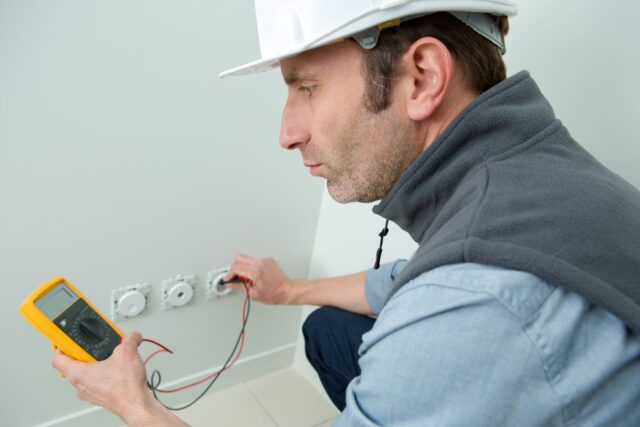
Selecting the right PAT service provider is crucial for both safety and cost efficiency. To find the best fit for your needs, consider the following factors:
- Experience: Ensure the provider has a proven track record in PAT testing for rental properties.
- Accreditation: Look for providers with relevant industry certifications and memberships.
- Pricing: Compare quotes from multiple providers and evaluate the value for the money offered.
- Service quality: Read reviews and testimonials from other landlords to gauge the provider’s service quality and reliability.
- Flexibility: Choose a provider that can accommodate your scheduling needs and work with minimal disruption to your tenants.
Bundling PAT Tests with Other Safety Inspections to Save Costs
Landlords are often required to conduct various safety inspections, including gas safety checks, fire risk assessments, and energy performance certificates.
By bundling these services together with PAT testing, you may be able to negotiate a discounted rate from your service provider. This approach saves you time and money while streamlining your property management tasks.
Investing in Quality Appliances to Reduce PAT Testing Costs
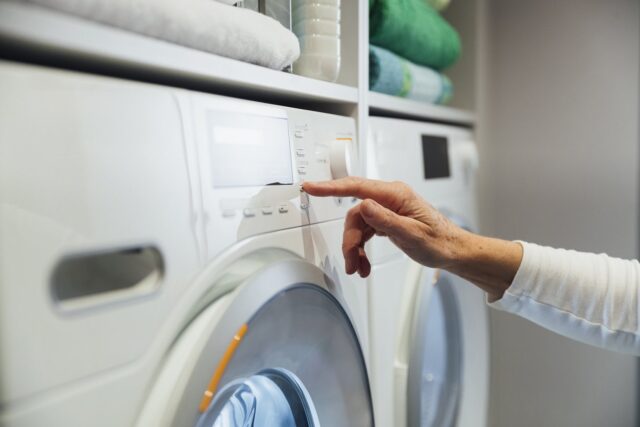
Although purchasing high-quality appliances might require a more significant upfront investment, it can lead to long-term savings on PAT testing costs.
Well-built, reliable appliances are less likely to develop faults and can withstand more prolonged use without posing safety risks. This means they may require less frequent assessment, ultimately reducing your overall expenditure on testing.
Tenant Education: Encouraging Safe Use of Electrical Appliances
Educating your tenants on the safe use and maintenance of electrical appliances can help reduce the risk of appliance-related incidents and minimize the need for frequent
PAT testing. Provide tenants with clear instructions and safety guidelines for using appliances, as well as information on regular maintenance tasks they should perform, such as cleaning filters and checking power cords for damage.
By fostering a culture of safety, you not only protect your tenants but also safeguard your property and investment. Additionally, maintaining open communication with tenants about appliance-related issues can help identify potential problems early, allowing you to address them before they escalate.
DIY PAT Testing: Is It Worth It for Landlords?

Some landlords might consider conducting PAT testing themselves to save on costs. While it is technically possible to learn how to perform PAT testing and purchase the necessary equipment, it’s essential to weigh the potential savings against the risks and time investment.
DIY PAT requires a thorough understanding of electrical safety standards and best practices, which might involve significant time spent on training and research. Furthermore, without professional experience, you may be more likely to overlook potential hazards or make mistakes that could compromise tenant safety.
Hiring a professional PAT tester ensures that the job is done correctly and provides you with the necessary documentation to demonstrate compliance with legal requirements. In most cases, the benefits of professional testing outweigh the potential savings of a DIY approach.
Keeping Accurate Records to Streamline Future PAT Tests
Maintaining organized and up-to-date records of your PAT tests can help streamline the process and reduce costs in the long run.
Accurate records enable you to track the examining history of each appliance, allowing you to make informed decisions about when to replace or repair them.
Furthermore, well-maintained records can facilitate communication with PAT testing service providers, making it easier to schedule inspections and minimize disruptions to your tenants.
In some cases, accurate records can also help you negotiate discounts with service providers, as they demonstrate a commitment to safety and compliance.
Negotiating Discounts for Multiple Properties: Strategies for Success

If you own multiple rental properties, you might be able to negotiate a discounted rate for PAT services. Service providers are often more willing to offer discounts to clients who can provide them with a higher volume of work. To increase your chances of securing a better rate, consider the following strategies:
- Present a clear overview of all your properties, including the number of appliances that require examining.
- Inquire about potential discounts for long-term contracts or repeat business.
- Offer to provide referrals or testimonials in exchange for reduced pricing.
- Leverage quotes from competing service providers to negotiate better rates.
Staying Informed: Changes in Regulations and Best Practices
To optimize your PAT strategy and save money, it’s crucial to stay informed about changes in regulations and best practices.
Regularly review industry guidelines, attend landlord training courses, and consult with professional PAT testers to ensure you are up to date with the latest information.
Staying informed not only helps you maintain compliance and avoid penalties but also enables you to make cost-effective decisions about your examination schedule and service providers.
Conclusion
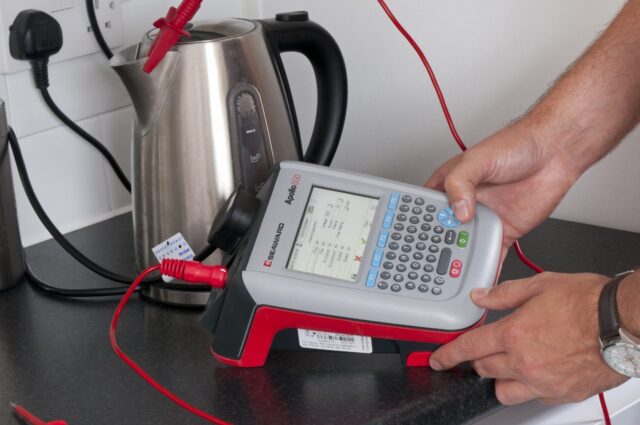
Saving money on PAT testing for your rental properties is a worthwhile goal, but it’s essential to balance cost savings with the safety and well-being of your tenants.
By implementing the strategies outlined in this guide, you can optimize your testing schedule, select the right service providers, and streamline your property management processes without compromising on safety standards.
Remember, investing in the electrical safety of your rental properties is not only a legal requirement but also a critical aspect of being a responsible landlord. By prioritizing safety, you protect your tenants, your property, and your reputation in the long run.









